Animals can do ‘almost math’
Scientists are searching for the evolutionary roots of human math in the barnyard and the zoo
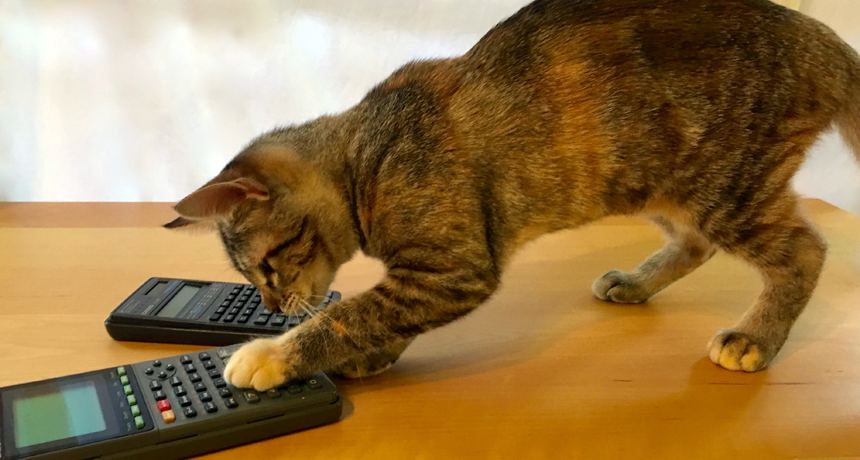
Cats and other animals show quantity-related abilities. Without training, kitties can pick out differences between groups of a few small objects, such as 2 versus 5. However, the felines may be using visual shortcuts.
S. Zielinski and B. Brookshire
Share this:
- Share via email (Opens in new window) Email
- Click to share on Facebook (Opens in new window) Facebook
- Click to share on X (Opens in new window) X
- Click to share on Pinterest (Opens in new window) Pinterest
- Click to share on Reddit (Opens in new window) Reddit
- Share to Google Classroom (Opens in new window) Google Classroom
- Click to print (Opens in new window) Print
By Susan Milius
When Christian Agrillo runs number-related experiments in his lab, he wishes his undergraduate subjects good luck. For certain tests, that’s about all he says. Giving instructions to the people would be unfair to the fish.
Yes, fish.
Agrillo works at the University of Padua in Italy. There, he studies how animals process information. He is finishing up several years of pitting humans against fish in trials. Those trials test their abilities to compare quantities. He can’t, of course, tell his angelfish to choose, say, the larger array of dots. He can’t tell them to do anything. So in recent tests he made his bemused students use trial and error too, just like the fish.
“At the end, they start laughing when they find they are compared with fish,” he says. Yet the fish versus human face-offs are eye-opening comparisons. And they are done as part of his search for the deep evolutionary roots of human mathematics. If fish and people eventually turn out to share some bits of their number sense (like spidey sense, except focused on quantities rather than danger), those elements might turn out to be older than 400 million years. At some point, that long ago, ancestors of angelfish and humans split apart to form different branches of the tree of life.
No one seriously argues that animals other than people have a symbolic numeral system. Your dog doesn’t have words for numbers like one, two or three. But emerging data are showing that some nonhuman animals — a lot of them, actually — manage almost-math without a need for true numbers.
“There’s been an explosion of studies,” Agrillo says. Reports of some quantity-related skills have come from much of the barnyard and parts of the zoo. Chickens, horses, dogs, honeybees, spiders and salamanders have some number-like skills. So do guppies, chimps, macaques, bears, lions, carrion crows and many more species. Some of these studies involve animals picking pictures of more dots instead of fewer dots. But other studies suggest that animal number sensing allows much fancier operations.
News stories on number sense often say that animals might all have inherited some basic skills from a shared distant ancestor. Some scientists think that idea is too simple, however. Instead of inheriting the same mental powers, animals might just have happened upon similar solutions to similar problems. That would be an example of convergent evolution. That is what occurred with birds and bats. Both fly, but their wings arose independently.
Chasing down those deep origins means figuring out how animals can make judgments about three fruits or five puppies or too many scary predators — all without counting. (That also includes babies who can’t speak yet and people who can estimate at a glance.) Studies to test this are not easy. The deep evolution of nonverbal number sense should be a rich and remarkable story. But putting it together is just starting.
Story continues after slideshow.
Who’s (sort of) counting?
Symbolic numbers work well for people. For millions of years, however, other animals without full powers to count have managed life-and-death decisions about magnitude (which fruit pile to grab, which fish school to join, whether there are so many wolves that it’s time to run).
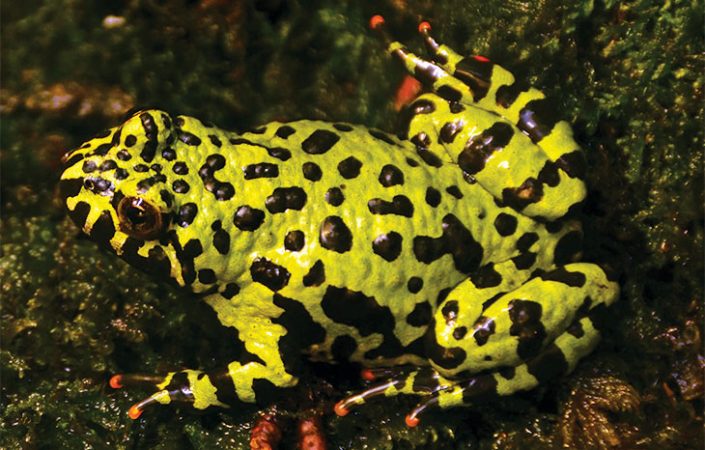
Source: G. Stancher et al/Anim. Cogn. 2015

Source: J. Vonk/Anim. Cogn. 2014
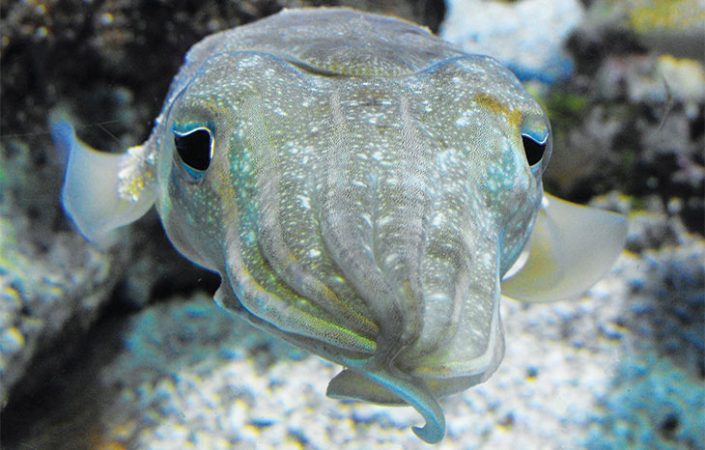
Source: T.-I. Yang and C.-C. Chiao/Proc. R. Soc. B 2016
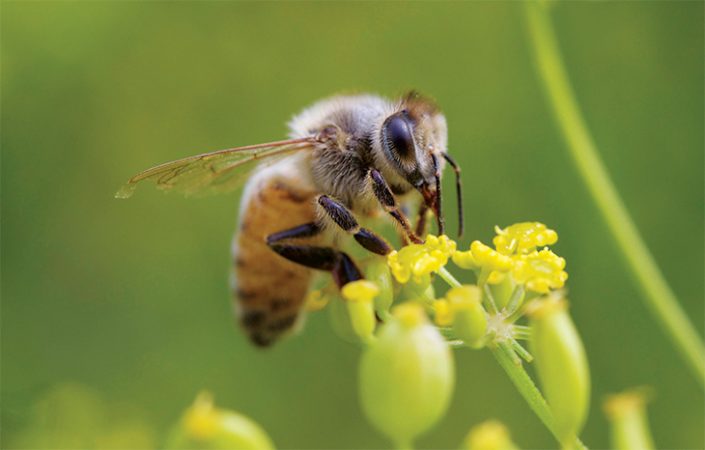
Source: Gross et al/PLOS ONE 2009
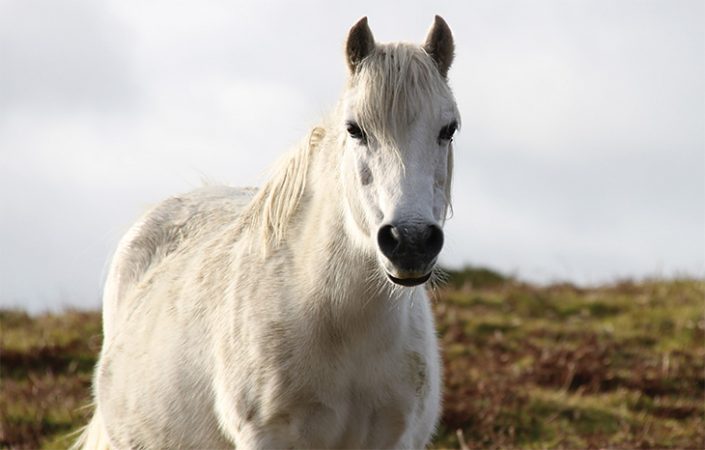
Source: C. Uller and J. Lewis/Anim. Cogn. 2009
Dogs treat tricks
For a sense of the issues, consider the old and the new in dog science. Familiar as dogs are, they’re still mostly wet-nosed puzzles when it comes to their number sense.
When food is at stake, dogs can tell more from less. That is known from a string of lab studies published throughout more than a decade. And dogs may be able to spot cheating when people count out treats. Dog owners may not be amazed at such food smarts. The interesting question, though, is whether dogs solve the problem by paying attention to the actual number of goodies they see. Perhaps they instead note some other qualities.
An experiment in England in 2002, for instance, tested 11 pet dogs. These dogs first settled down in front of a barrier. The researchers moved the barrier so the animals could get a peek at a row of bowls. One bowl held a brown strip of Pedigree Chum Trek treat. The barrier went up again. The scientists lowered a second treat into a bowl behind the screen — or sometimes just pretended to. The barrier dropped again. The dogs overall stared a bit longer if only one treat was visible than if there were the expected 1 + 1 = 2. Five of the dogs got an extra test. And they also stared longer on average after a researcher sneaked an extra treat into a bowl and then lowered the barrier. It now displayed an unexpected 1 + 1 = 3.
Dogs could in theory recognize funny business by paying attention to the number of treats. That would be the treats’ numerosity. Researchers use this term that to describe some sense of quantity that can be recognized nonverbally (without words). But the design of a test also matters. Dogs might get the right answers by judging the total surface area of treats, not their number. Many other factors might also serve as clues. These include the density of a cluster of crowded objects. Or it might be a cluster’s total perimeter or darkness.
Researchers lump those hints under the term “continuous” qualities. That’s because they can change in any amount, big or small, not merely in separate units (such as one treat, two treats or three).
Continuous qualities present a real challenge for anyone coming up with a numerosity test. By definition, nonverbal tests don’t use symbols such as numbers. That means a researcher has to show something. And those somethings inevitably have qualities that grow or shrink as numerosity does.
Sedona’s sense of math
Krista Macpherson studies dog cognition at Canada’s University of Western Ontario in London. To see whether dogs use a continuous quality — total area — to choose more food, she tested her rough collie Sedona.
This dog already had taken part in an earlier experiment. In it, Macpherson tested whether dogs would try to get help if their owners were in danger. That’s what the collie did on the old TV show Lassie. But Sedona didn’t. For example, neither she nor any dog in the test ran for help when their owners were trapped under a heavy bookcase.
Sedona did, however, prove good at lab work — especially when rewarded with bits of cheese.
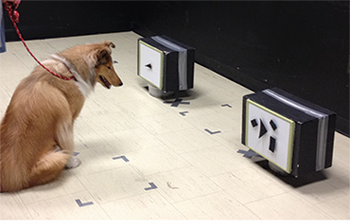
To test number sense, Macpherson set up two magnetic boards. Each had different numbers of black triangles, squares and rectangles stuck to them. Sedona had to select the one that had the greater number. Macpherson varied the dimensions of the shapes. This meant total surface area wasn’t a good clue to the right answer.
The idea came from an experiment with monkeys. They had taken the test on a computer. But “I’m all cardboard and tape,” Macpherson explains. Sedona was perfectly happy to look at two magnet boards fastened to cardboard boxes on the ground. She then chose her answer by knocking over that box.
Sedona in the end triumphed at picking the box with more shapes. She could do this regardless of all the trickery about surface area. The project, though, took considerable effort from both woman and beast. Before it was over, both had worked through more than 700 trials.
For Sedona to succeed, she had to pick the larger number of shapes more than half of the time. The reason: Just picking randomly, the dog would probably choose correctly half of the time.
The tests started as simply as 0 shapes versus 1 shape. Eventually Sedona scored better than chance when dealing with bigger magnitudes, such as 6 versus 9. Eight versus 9 finally stumped the collie.
Macpherson and William A. Roberts reported their findings three years ago in Learning and Motivation.
Earlier this year, another lab highlighted the Sedona research in Behavioral Processes. Its researchers called the Sedona data the “only evidence of dogs’ ability to use numerical information.”
Dogs might have number sense. Outside of a lab, however, they may not use it, says Clive Wynne. He works at Arizona State University in Tempe. There he studies animal behavior. He’s also a coauthor of that Behavioral Processes paper earlier this year. To see what dogs do in more natural situations, he designed a test along with Maria Elena Miletto Petrazzini of the University of Padua.
The pair offered pets at a doggie daycare a choice of two plates of cut-up treat strips. One plate might hold a few big pieces. The other had more pieces, all of them small. And the total of those smaller pieces added up to less of the yummy treat.
These dogs didn’t have Sedona’s training. Still, they went for the greater total amount of food. The number of pieces didn’t matter. Of course not. It’s food —and more is better.
This study shows that experiments need to check if animals use something like total amount instead of number. If not, the tests may not measure number sense at all.
Beyond dogs
Animals may choose differently in a number-related test depending on their pasts. At the University of Padua, Rosa Rugani studies how animals process information. She pioneered the study of number sense in newly hatched chicks. If Rugani motivates them, they will learn test methods quickly. Indeed, she notes, “One of the more fascinating challenges of my job is to come up with ‘games’ the chicks like to play.”
Young chicks can develop a strong social attachment to objects. Little plastic balls or lopsided crosses of colored bars become like pals in a flock. (This process is called imprinting. It normally helps a chick quickly learn to stay near its mom or siblings.)
Rugani let day-old chicks imprint on either two or three objects. She offered them either a few identical objects or a cluster of mismatched ones. The set of different pals were, for example, a small black plastic zigzag of rods dangling near a big red double-crossed t-shape. Chicks then had to choose to which flock of new and strange plastic objects they would toddle over.
The original imprinting objects — identical or mismatched — made a difference in that choice. Chicks used to identical pals typically moved near the larger cluster or toward the largest buddy. Something like total area might have been their clue. But chicks used to buddies with individual quirks paid attention to numerosity in the test.
Chicks that had imprinted on three plastic pals were more likely to hang out with three new ones instead of a pair. Those imprinted on a quirky plastic pair made the opposite choice. They chose the pair, not the threesome.
Some animals can deal with what people would call numerical order. Rats, for instance, have learned to choose a particular tunnel entrance, such as the fourth or tenth from the end. They could choose correctly even when researchers fiddled with distances between entrances. Chicks have passed similar tests.
Rhesus macaques react if researchers violate rules of addition and subtraction. This is similar to the dogs in the Chums experiment. Chicks can track additions and subtractions too. They can do this well enough to pick the card hiding the bigger result. They also can go one better. Rugani and colleagues have shown that chicks have some sense of ratios.
To train chicks, she let them discover treats behind cards showing a 2-to-1 mix of colored dots, such as 18 greens and 9 reds. There were no treats behind 1-to-1 or 1-to-4 mixes. Chicks then scored better than chance on picking unfamiliar 2-to-1 dot jumbles, such as 20 greens and 10 reds.
A sense of numerosity itself may not be limited to fancy vertebrate brains like ours. One recent test took advantage of overkill among golden orb-web spiders. When they have a crazy run of luck catching insects faster than they can eat them, the spiders wrap each catch in silk. They then fasten the kill with a single strand to dangle from the center of the web.
Rafael Rodríguez turned this hoarding tendency into a test. He studies the evolution of behavior at the University of Wisconsin–Milwaukee. In one test, Rodríguez tossed different sized bits of mealworms into the web. The spiders created a dangling trove of treasures. He then shooed the spiders off of their webs. That gave him the opportunity to snip the strands without the spiders watching. When they returned, Rodríguez timed how long they searched for the stolen meals.
Losing a greater volume of food inspired more strumming of the web and searching about. Rodríguez and his colleagues reported this last year in Animal Cognition.
At a glance
Nonhuman animals have what researchers refer to as an “approximate” number system. It allows for good-enough estimates of quantities with no true counting. One feature of this still-mysterious system is its declining accuracy in comparing bigger amounts that are very close in number. That’s the trend that made Sedona the collie’s struggles as important as her successes.
When Sedona had to pick the board with more shapes on it, she had more trouble as the ratio of choices moved toward nearly equal amounts. Her scores, for instance, were pretty good when comparing 1 to 9. They fell somewhat when comparing 1 to 5. And she never got good at comparing 8 to 9.
What’s interesting is that the same trend shows up in humans’ nonverbal approximate number system. This trend is called Weber’s law. And it also shows up in other animals.
Story continues below image.
Weber’s Law:

When Agrillo tested guppies against people, their accuracy dropped during such difficult comparisons as 6 versus 8. But fish and people performed well for small quantities, such as 2 versus 3. People and fish could tell 3 dots from 4 about as reliably as 1 dot from 4. Agrillo and his colleagues reported their findings in 2012

Researchers have long recognized this instant human ease of dealing with very small quantities. They call it subitizing. That’s when you suddenly just see that there are three dots or ducks or daffodils without having to count them. Agrillo suspects the underlying mechanism will prove different from the approximate number systems. He admits, though, that his is a minority view.
The similarity between guppies and people in subitizing doesn’t prove anything about how that skill might have evolved, Argillo says. It could be a shared inheritance from some ancient common ancestor that lived several hundred million years ago. Or maybe it’s convergent evolution.
Into their heads
Studying behavior alone is not enough to trace the evolution of number savvy, says Andreas Nieder. He studies the evolution of animal brains at the University of Tübingen in Germany. Behavior in two animals may look alike. Yet the two brains may create that behavior in very different ways.
Nieder and his colleagues have started the huge task of looking at how brains develop a number sense. So far they have studied how monkey and bird brains handle quantity. The researchers compared nerve cells, or neurons, in macaques with those in the brains of carrion crows.
Research in monkeys over the last 15 years has identified what Nieder calls “number neurons.” They may not be just for numbers, but they do respond to numbers.
He proposes that one group of these brain cells gets especially excited when it recognizes one of something. It could be a crow or crowbar, but these brain cells will react strongly. Another group of neurons gets especially excited by two of something. Among these cells, neither one nor three of the somethings kicks off such a strong response.
Some of these brain cells respond to the sight of certain quantities. Others respond to certain numbers of tones. Some, he reports, respond to both.
These brain cells lie in important places. Monkeys have them in the multilayered neocortex. This is the “newest” part of an animal’s brain — the one that developed most recently in evolutionary history. It includes part of your brain in the very front (behind the eyes) and on the sides (above the ears). These areas allow animals to make complex decisions, to consider consequences and to process numbers.
Birds don’t have a multilayered neocortex. Yet Nieder and colleagues have, for the first time, detected individual neurons in a bird brain that respond much as a monkey’s number neurons do.
The bird versions lie in a relatively newfangled area of the avian brain (the nidopallium caudolaterale). It didn’t exist in the last common ancestor shared by birds and mammals. Those reptile-like beasts had lived some 300 million years ago and they didn’t have a primate’s precious neocortex either.
Story continues below image.
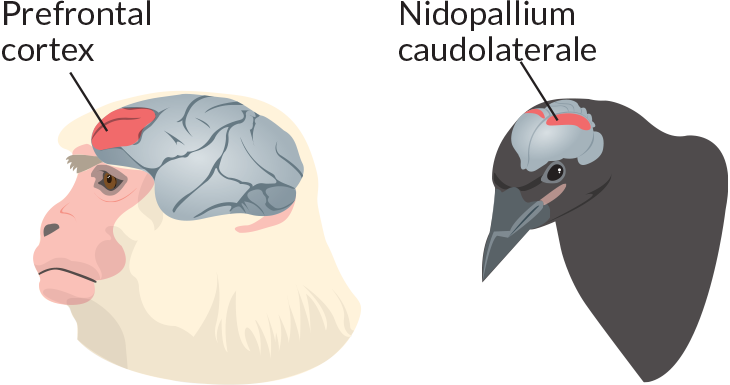
So birds and primates probably did not inherit their considerable skill with quantities, Nieder says. Their number neurons could have become specialized independently of each other. As such, this is probably convergent evolution, he argued in the June 2016 Nature Reviews Neuroscience.
Finding some brain structures to compare across deep time is a promising step in figuring out the evolution of number sense in animals. But it’s just a beginning. There are many questions about how the neurons work. There also are questions about what’s going on in all of those other brains that evaluate quantity. For now, looking across the tree of life at the crazy abundance of number smarts, the clearest thing to say may just be Wow!







